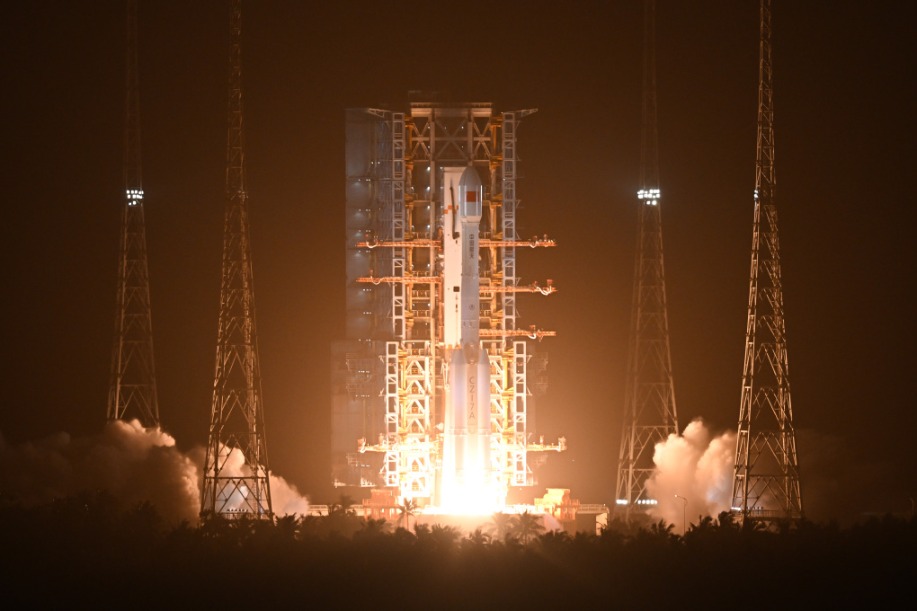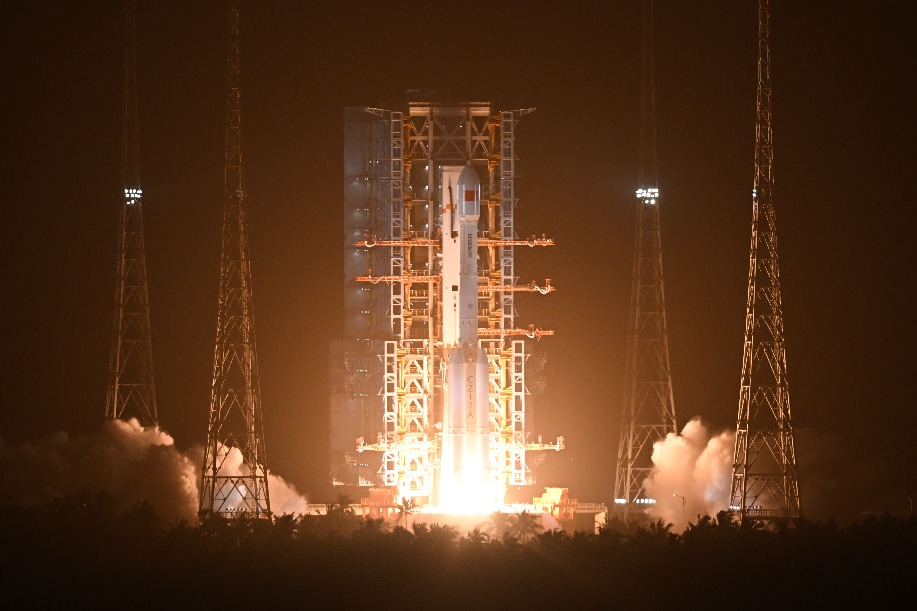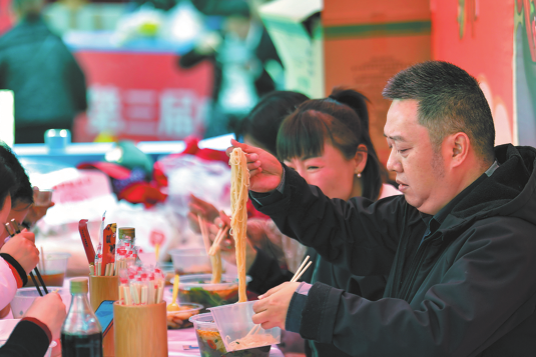Soldiers' murderous campaign of terror in China

A total of 31 confessions from Japanese war criminals is being published online this month and next, one each day, to expose crimes committed by Japan in China during World War II.
Handwritten confessions, along with Chinese translations and abstracts in both Chinese and English, are being published on the website of the State Archives Administration, an official with the administration said.
"These archives are hard evidence of the heinous crimes committed by Japanese imperialists against the Chinese," the official said. The first was published on Aug 11.
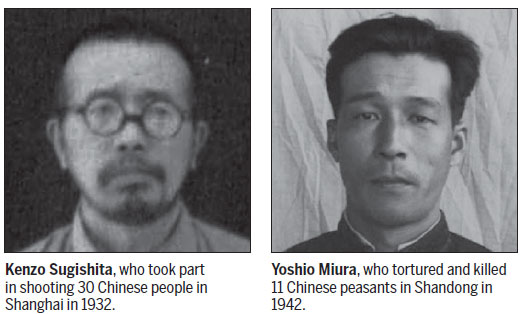
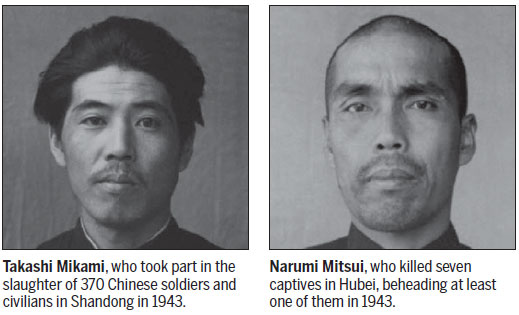
The confessions, which have never been released before, detail crimes perpetrated by the Japanese, including the killing, enslavement and poisoning of Chinese people, as well as the use of biological and chemical weapons on live human subjects.
The first in the series features a confession by Kenzo Sugishita, who was born in 1901 and joined the Japanese War of Aggression against China in 1932.
On Feb 3, 1932, at a village about eight kilometers south of Tianle Temple in Shanghai, the squadron gave the instruction to shoot all on sight, resulting in the killing of an estimated 30 Chinese people, Kenzo Sugishita said in the confession.
"On Feb 19, 1932, I caught a child of about six years old escaping from the fire at Lujia Bridge, laid him on a stone in front of the door, beat him to death with stones, and threw the dead body into the burning house."
The third in a series of 31 handwritten confessions from Japanese war criminals published online, the confession features Yoshio Miura, who was born in Chiba Prefecture, Japan, in 1920. He joined the Japanese War of Aggression against China in 1940.
Miura said he killed two peasants to seize concealed weapons in Laiwu County, Shandong Province, in September 1941.
"In April 1942, I broke into a civilian house in a village of Xintai County, Shandong, threatened a Chinese woman aged 27 to 28 with a bayonet and raped her," he said in the confession.
Miura said that in late August 1942, for the purpose of seizing concealed weapons, Japanese soldiers interrogated 74 peasants using torture, 11 of whom he personally interrogated and killed.
In July 1942, in Zhangqiu County, three of his companions "pushed a captured peasant into a 7-meter-deep dry well, and threw down a rock of about 50 kilograms to kill him" in Zhangqiu County.
"Near Xianggong Village of Zhangqiu County, we captured another peasant, covered his mouth with a towel, bloated his belly with about 20 liters of cold water, making it hard for him to breathe, and then fed him with dung, beat him on the belly, private parts, head and feet with a shoulder pole and killed him after an hour of interrogation and torture."
In early October 1944, Miura ordered his subordinates to shoot dead 13 Chinese in Tai'an County, claiming that they colluded with the Eighth Route Army.
The shocking admission from Corporal Takashi Mikami, who served in Shandong province from 1942 until his capture in August 1945, comes in the fourth of a series of 31 handwritten confessions.
In the confession signed on Aug 1, 1954, Mikami detailed how he slaughtered civilians and raped scores of women.
He explained that while stationed in Linqing County, a Sergeant Getsuji "often ordered platoon members to collect living people's brains." In June 1942, Mikami asked a Lance Corporal Yokokura to "get some brains during mopping up."
According to Mikami, Yokokura brought him the brain of a Chinese peasant. "I cooked it, kept it in a kettle and gave it to Sergeant Getsuji as medicine for his venereal disease," he wrote.
In Guantao County in August 1942, Mikami interrogated two Chinese peasants using torture. As one of the captives refused to talk, Second Lieutenant Oyagi said, "'Let the new recruits test their courage,' so along with five others, I bayoneted the peasant in the chest, killing him, and then buried him in a pit," according to the confession.
Mikami then told how he participated in a February 1943 attack on a village in Linqing in which the Japanese fired shells and tear gas and strafed those fleeing the village with machine gun fire.
"As a result, 370 Chinese soldiers and civilians were slaughtered. I entered the village and saw the situation in person. Dead soldiers and residents piled up. Most of them were holding towels over their mouths, with water coming out of their noses and their faces turning purplish."
Around Aug 27, 1943 in Tangyi County, Mikami threw five grenades at the walls of a village, killing 15 civilians.
The war criminal also confessed to raping at least eight young Korean women in Shandong, many of them multiple times.
In the fifth of a series of 31 handwritten confessions from Japanese war criminals published online, Narumi Mitsui, born in Japan in 1920, said he joined the aggression against China in 1941.
In the 1954 confession he detailed how he slaughtered and raped prisoners and civilians, killing seven captives in Hubei Province in January 1943, beheading at least one of them.
He raped a woman four times a month later. In March he broke into a civilian house, threatened a 16-year-old girl with a pistol, raped her, then invited his compatriot to rape her too.
Later that month, while giving new recruits bayonet training, he had them bayonet a Chinese to death. In September 1943 he drugged a Chinese man, before his companions dissected his chest and belly and cut off his legs.
He also ordered his subordinates to behead a 60-year-old male Chinese refugee in the east of Nanzhang County in April 1945, shortly before his capture.
Mitsui raped Chinese and Korean women in "comfort stations" over 60 times in various parts of China between May 1942 and July 1945.
China Daily-Xinhua
(China Daily European Weekly 08/21/2015 page18)
Today's Top News
- Japan tempting fate if it interferes in the situation of Taiwan Strait
- Stable trade ties benefit China, US
- Experts advocate increasing scope of BRI to include soft power sectors
- New engine powers cargo drone expansion
- China to boost green industry cooperation
- Manufacturing PMI rises in November

















